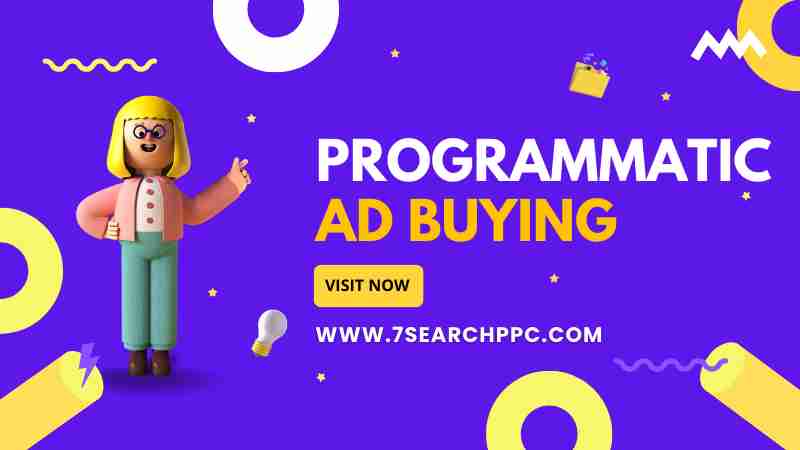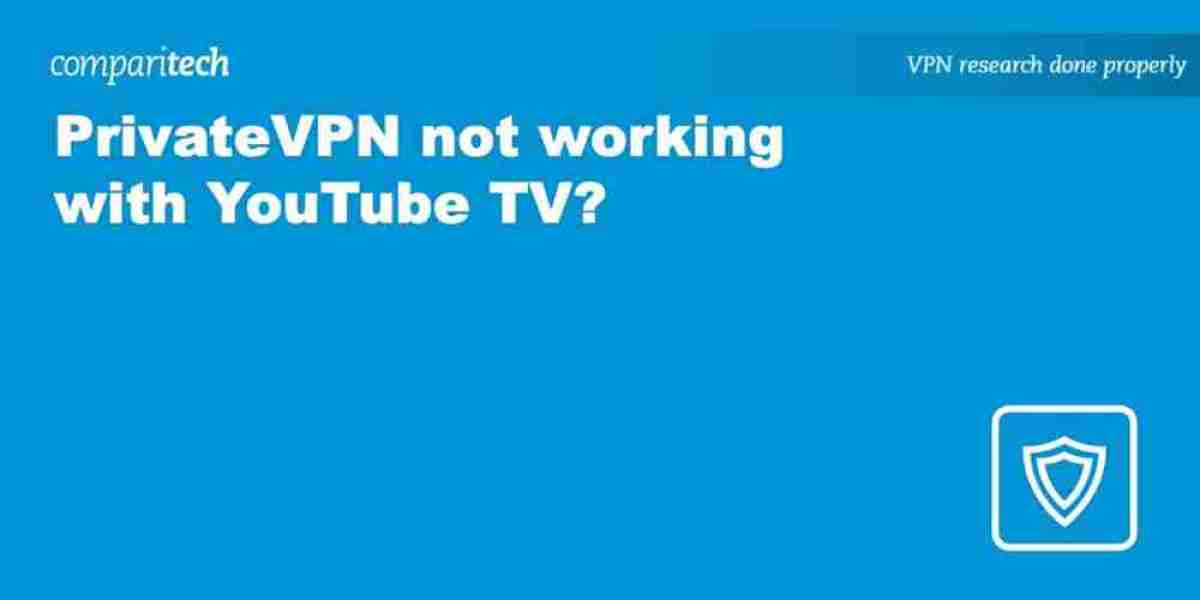
Programmatic ad buying has become a cornerstone of digital advertising, allowing brands to efficiently purchase ad space through automated processes and real-time bidding. This method helps businesses maximize their reach, improve targeting, and optimize ad spend in ways that traditional advertising models cannot match. However, despite its benefits, many advertisers still make common mistakes when implementing programmatic ad buying campaigns. In this article, we will discuss the most frequent mistakes in programmatic advertising and how you can avoid them to ensure the success of your campaigns.
What is Programmatic Ad Buying?
Programmatic ad buying is the process of using automated technology to purchase digital advertising space in real time. This method leverages data-driven strategies to target the right audience at the right time. By utilizing programmatic advertising platforms, marketers can optimize their ad spending, ensuring their ads are displayed to relevant users while maximizing return on investment (ROI).
One of the key components of programmatic advertising platform is Real-Time Bidding (RTB), where advertisers bid for ad space in real-time, based on the data available about users and inventory. This contrasts with traditional methods of ad buying, where ad space is purchased directly from publishers. Programmatic ad buying can also include programmatic media buying, which focuses on managing campaigns across multiple ad networks and platforms.
Despite its advantages, there are a number of pitfalls that advertisers can fall into when navigating the complex world of programmatic advertising. Let's take a closer look at the most common mistakes and how to avoid them.
Common Mistakes in Programmatic Ad Buying
Neglecting Proper Audience Targeting
One of the biggest mistakes in programmatic ad buying is failing to define and target the right audience. Programmatic advertising’s power lies in its ability to target specific audience segments based on a variety of factors such as demographics, interests, behaviors, and purchase intent. However, when advertisers do not clearly define their target audience or rely on overly broad targeting, they risk wasting their ad spend on impressions that do not result in meaningful interactions or conversions.
How to Avoid This Mistake:
- Refine Your Audience Segmentation: Utilize available data to segment your audience into meaningful groups. This includes understanding their interests, behaviors, purchase history, and even their position in the sales funnel.
- Leverage Advanced Targeting Options: Programmatic advertising platforms allow for more sophisticated targeting techniques, such as geo-targeting, contextual targeting, and device targeting. These should be used to reach the right people at the right time.
- Use First-Party Data: Leverage first-party data from your website, app, and customer relationship management (CRM) systems to better understand and target your ideal customers.
Ignoring the Importance of Transparency
Transparency is a significant concern in programmatic ad buying. Many advertisers mistakenly overlook the importance of understanding how their ads are being served, which platforms are involved, and what the associated costs are. Without transparency, you may find that a large portion of your budget is being spent inefficiently or on low-quality inventory.
How to Avoid This Mistake:
- Choose Reliable Programmatic Advertising Platforms: Work with reputable programmatic ad networks and media buying platforms that offer transparent reporting and allow you to track ad performance in real time.
- Regularly Monitor Campaign Performance: Establish clear KPIs (key performance indicators) and regularly monitor your campaigns to ensure that the spend is justified, and the results are in line with your goals.
- Request Clear Reports: Ensure that your programmatic advertising platform provides clear reports on ad placement, impressions, click-through rates (CTR), conversions, and more. Transparency in ad buying allows you to make informed decisions about where to allocate your budget.
Focusing Solely on Reach Rather Than Engagement
While programmatic ad buying allows for massive reach, it is crucial to focus on the quality of engagement, not just the quantity of impressions. Many advertisers make the mistake of prioritizing reach over relevance, leading to wasted impressions on audiences who have little to no interest in their ads.
How to Avoid This Mistake:
- Prioritize Quality over Quantity: Instead of focusing solely on reach, aim to engage your audience with content that resonates with them. Use data-driven insights to personalize the messaging based on audience segments.
- Test Ad Creative and Formats: Test different types of creatives, including banners, videos, and native ads, to determine which formats drive the most engagement. Programmatic advertising offers multiple formats, so experiment to see which works best for your campaign.
Failing to Optimize Campaigns in Real-Time
One of the primary advantages of programmatic advertising is its ability to adjust in real time. However, many advertisers set up their campaigns and fail to optimize them once they are live. Real-time bidding (RTB) allows for the adjustment of bids based on live performance data, yet many marketers overlook the importance of continuous optimization.
How to Avoid This Mistake:
- Use Automated Optimization Features: Take advantage of the optimization tools offered by programmatic platforms. These features automatically adjust bids, budgets, and targeting based on campaign performance.
- A/B Test Campaigns: Conduct A/B testing on different ad creatives, targeting strategies, and bidding models to determine which combinations perform best.
- Monitor in Real-Time: Regularly review campaign data and make adjustments as needed. This could include tweaking your bidding strategy or reallocating budgets to higher-performing ad placements.
Overlooking Viewability and Fraud Prevention
Viewability is an important metric in programmatic advertising, as it ensures that your ads are being seen by real users, rather than being placed in invisible spots on a webpage or served to bots. Ad fraud, such as invalid traffic or bot impressions, can drain your budget and skew your campaign results.
How to Avoid This Mistake:
- Work with Verified Programmatic Ad Networks: Ensure you are working with trusted programmatic ad networks that use fraud detection tools to identify and block bot traffic.
- Use Viewability Measurement Tools: Employ third-party tools that measure ad viewability, such as Integral Ad Science (IAS) or Moat, to track the effectiveness of your ad placements and ensure they are being seen by real users.
- Implement Fraud Prevention Protocols: Utilize platforms that offer integrated fraud prevention measures and leverage machine learning to identify suspicious patterns of behavior.
Misunderstanding the Role of Media Buying Platforms
While many advertisers may use programmatic ad buying, they may not fully understand the role that media buying platforms play in the process. Media buying platforms allow advertisers to purchase inventory across multiple sources and manage campaigns effectively. Without a clear strategy for managing these platforms, advertisers may struggle to maximize their programmatic efforts.
How to Avoid This Mistake:
- Educate Yourself on Programmatic Media Buying: Take the time to understand how media buying platforms function and how to use them to your advantage. This will allow you to better manage your campaigns and achieve more targeted results.
- Use an Integrated Platform: Consider using an integrated media buying platform that allows you to manage all aspects of your programmatic campaigns in one place, from bidding to reporting and optimization.
- Understand Your Inventory Options: Familiarize yourself with the different types of inventory available through media buying platforms, including direct buys, private marketplaces, and open exchanges, to find the best fit for your campaign.
Failing to Track Post-Click Conversions
Tracking post-click conversions is just as important as tracking clicks and impressions in programmatic advertising. Many advertisers make the mistake of assuming that once a user clicks on an ad, the journey is over. However, understanding the full customer journey and how clicks translate to conversions is critical for measuring campaign success.
How to Avoid This Mistake:
- Implement Conversion Tracking: Use tools like Google Tag Manager or a similar solution to track not only clicks but also post-click conversions such as form submissions, purchases, or sign-ups.
- Measure the Entire Funnel: Track the entire funnel, from the first impression to the final conversion, to understand how your programmatic campaigns contribute to the overall customer journey.
Conclusion
Programmatic ad buying offers incredible opportunities for advertisers to optimize their campaigns and improve targeting. However, the pitfalls of poor targeting, lack of transparency, and failure to monitor performance can hinder the success of your efforts. By understanding and avoiding these common mistakes, you can make the most of your programmatic advertising investments and ensure that your campaigns are efficient, effective, and profitable.
To achieve success in programmatic ad buying, it’s essential to refine your audience targeting, work with reliable platforms, monitor your campaigns in real-time, and ensure that viewability and fraud prevention measures are in place. With careful planning and strategic implementation, programmatic ad buying can deliver powerful results for your business.
FAQs
What is the difference between automated ad buying and traditional media buying?
Automated ad buying leverages technology to buy ad space in real time, optimizing bids and targeting based on data. Traditional media buying involves negotiating ad space manually through publishers.
How does Real-Time Bidding (RTB) work?
RTB allows advertisers to bid for ad space in real-time, ensuring that the most relevant ads are shown to users based on their data and behavior.
What are programmatic ad networks?
Programmatic ad networks are platforms that connect advertisers with publishers, allowing them to buy and sell ad space using automated processes.
How can I track post-click conversions in programmatic advertising?
Implement conversion tracking tools like Google Tag Manager to measure the actions users take after clicking on your ads, such as making a purchase or filling out a form.
Why is transparency important in programmatic ad buying?
Transparency ensures that advertisers know where their ads are being placed, how much they are paying, and what results they are getting, allowing them to make data-driven decisions.



